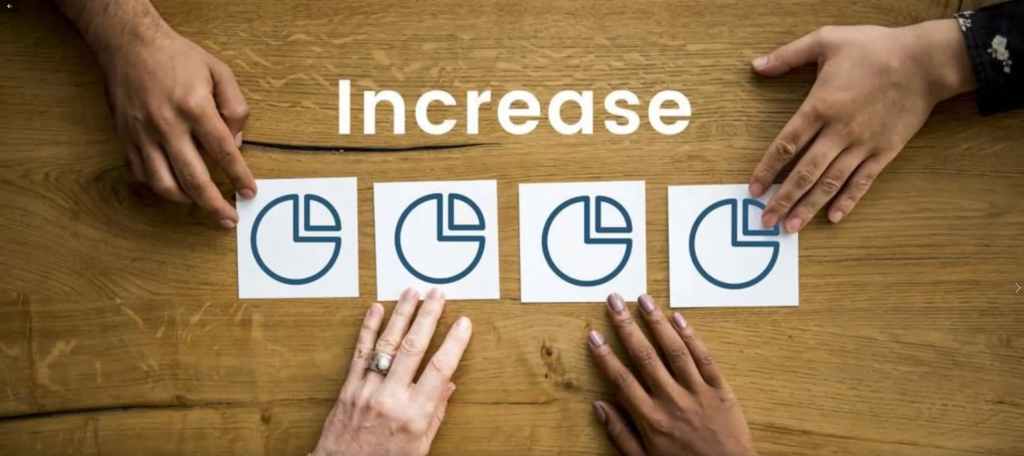The Art of Swift Decision-Making: Reducing Decision Time for Increased Sales

Introduction:
A friend with a remarkable talent for producing delicious hot sauce faced a perplexing challenge. Despite strategically placing 24 different hot sauce varieties along the supermarket’s high-traffic path, potential customers showed interest but made few purchases. The conundrum lay in the overwhelming choices triggering “choice paralysis” and prolonged decision times. This led to a loss of valuable foot traffic and decreased conversion rates.
The Challenge:
The expansive display of 24 seemingly enticing hot sauces inadvertently invoked “choice paralysis” among consumers. While they paused and engaged, the extended decision time resulted in indecision and a lack of impulsive purchases, impacting conversion rates.
Concept: Decision Time
“Decision time” refers to the brief period during which consumers decide whether or not to make a purchase. Studies show that offline consumers make a decision in an average of 13 seconds, while online consumers take about 19 seconds. Prolonged decision times, exceeding 1-2 minutes, lead to a noticeable decline in conversion rates. Modern consumers, with attention spans shorter than those of goldfish, demand quick and easy decision-making processes.
The Power of Reducing Decision Time:
Instead of overwhelming customers with choices, reducing the number of options can significantly impact decision times and increase conversion rates. A study involving jam tastings demonstrated that offering six varieties instead of 24 resulted in a substantial boost in total purchase rates. Simplifying choices reduces decision times and facilitates quicker purchasing decisions.
Application:
Reducing decision time is crucial in various business scenarios:
1.E-commerce:
Implement clear and concise action instructions. Adding a “+” sign or using phrases like “Add to Cart” serves as a direct action command, reducing decision time.
Focus on information that matters most to the consumer, avoiding information overload. Highlight one key selling point to capture attention and streamline decision-making.
2.Retail:
Employ scarcity tactics to stimulate urgency. For products with excess stock, create a sense of scarcity through labels like “Special Offer: Last 10 Units!”
Utilize short-term promotions and limited-time offers to create a sense of urgency, encouraging faster decision-making.
3.Marketing and Promotion:
Leverage scarcity stimuli for clearance sales. Phrases like “Last Three Days for Clearance!” or “Global Limited Release!” trigger a fear of missing out (FOMO) and expedite decision-making.
Utilize limited-time buy-one-get-one-free (BOGO) offers with deadlines, motivating customers to act swiftly.
Conclusion:
In a world where consumer attention spans are diminishing, the ability to reduce decision time becomes paramount for businesses seeking to improve conversion rates. Practical strategies, such as providing clear action instructions, focusing on essential information, and implementing scarcity tactics, empower businesses to navigate the brief window of decision-making and drive increased sales.





